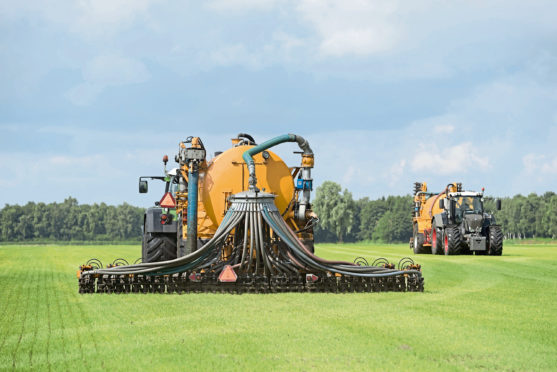Scottish scientists have developed a new tool to help farmers spread organic waste fertiliser safely.
Researchers at Glasgow Caledonian University have created the Waste to Land (W2L) computer tool, which uses visuals and maps to show farmers the safest areas to apply organic waste on their fields.
The tool was developed by the team from the university’s Built Environment Asset Management (Beam) Research Centre in response to concerns that human and animal excrement used in organic fertiliser could leak into rivers, pollute the environment and enter the food chain.
“There is evidence to suggest that the use of organic waste materials improves the quality of the soil, enhances crop yield, reduces the costs to both industry and farmers, and thus contributes to a circular economy,” said Dr Alejandro Gonzalez Ollauri, who led the study.
“The use of organic fertilisers in the UK is subjected to very restrictive regulations, attempting to avoid introducing pathogens, heavy metals and now microplastics into water bodies and the food chain. It is therefore crucial to reduce the environmental impact of recycling organic waste into farmland by identifying adequate locations for their spreading and by predicting the effect of such land practice.”
Dr Ollauri said around 100 million tonnes of organic waste materials are spread on UK farmland each year, and it is hoped the W2L tool will give farmers confidence to safely apply the waste on their land.
“W2L combines environmental statistics and existing data to generate fresh intelligence,” added Dr Ollauri.
“While the prototype of the tool currently shows a UK perspective, it will eventually be tailored so that you can drill down to individual plots of land.”
Findings from the research, which was funded by the Engineering and Physical Sciences Research Council, were published in the journal Agricultural Systems.
